These catfish have their funny name due to the fact that they make croaking sounds when taken out of the water. These sounds are decribed onomatopoeicly as „chaca“ by the natives. Usually Chaca chaca is imported from Bengal; the species is pretty common, but only seldom available, as it is not eaten by the local people. The up to 15-20 cm long animals are considered to be to ugly to be eaten and some people also think that the meat is poisonous. Moreover the fish is feared, because one can easily step on it when it is burrowed in the sand. Then the dorsal spine stings; this is most probably not venomous, but inflicts nevertheless nasty wounds which can become easily infested by bacteria.
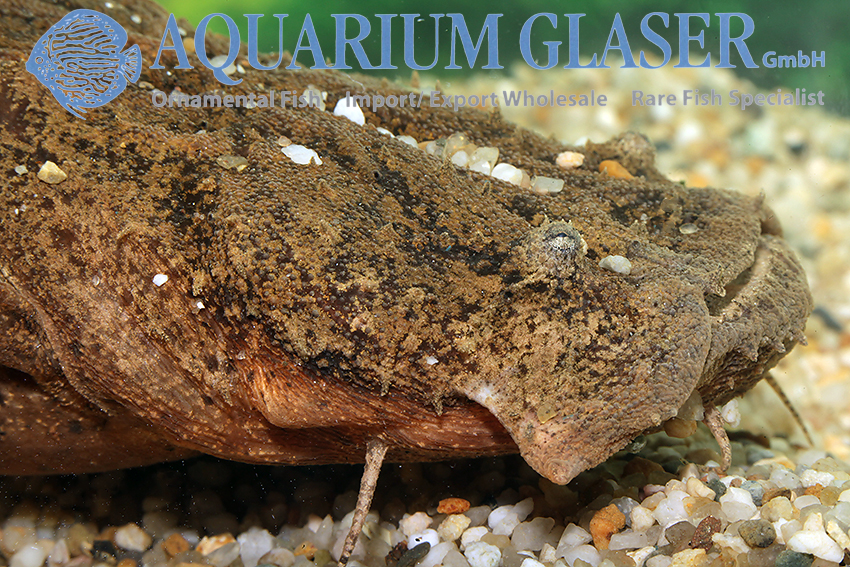
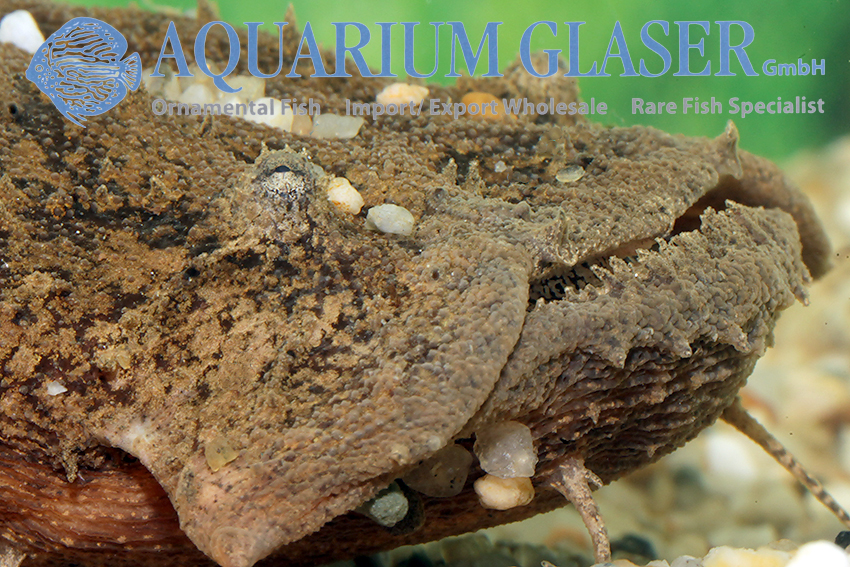
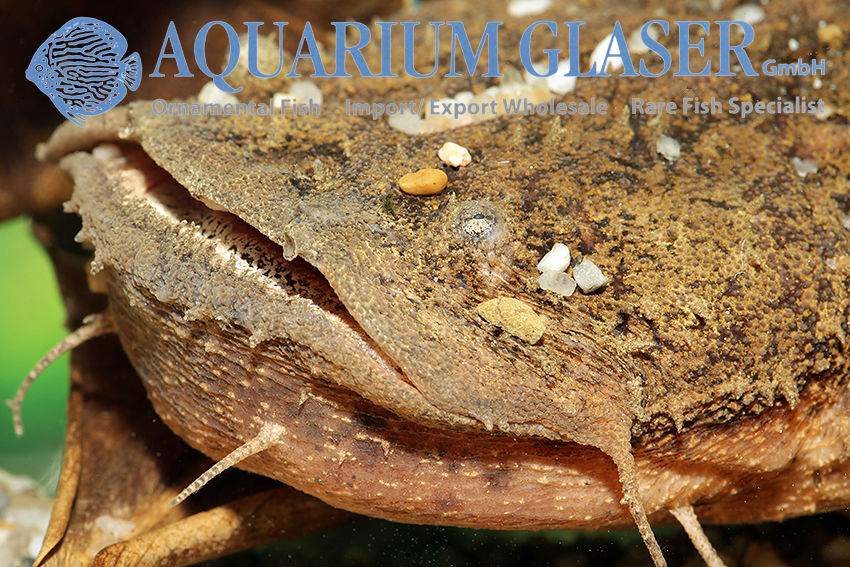
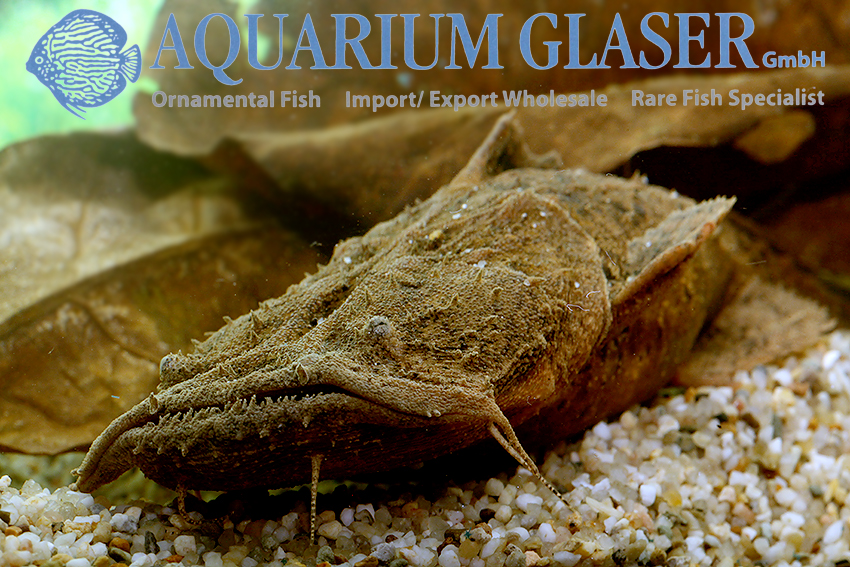
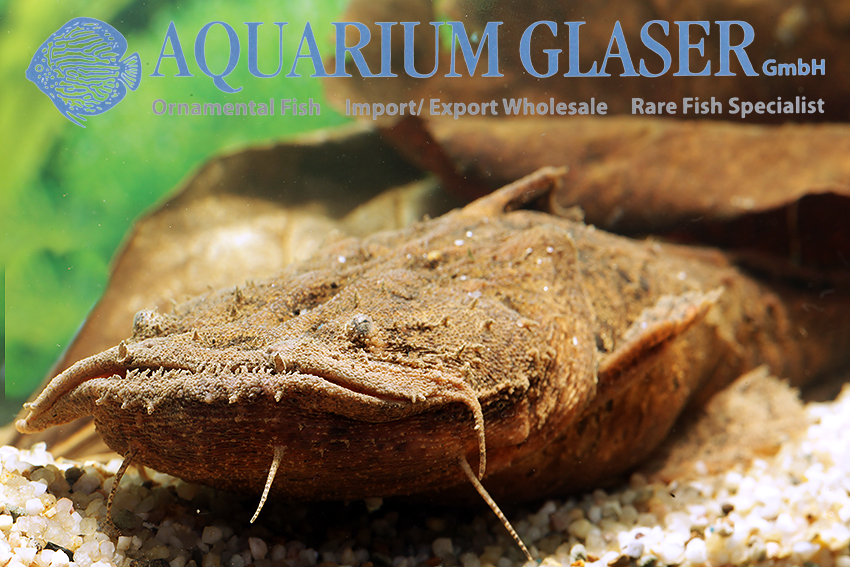
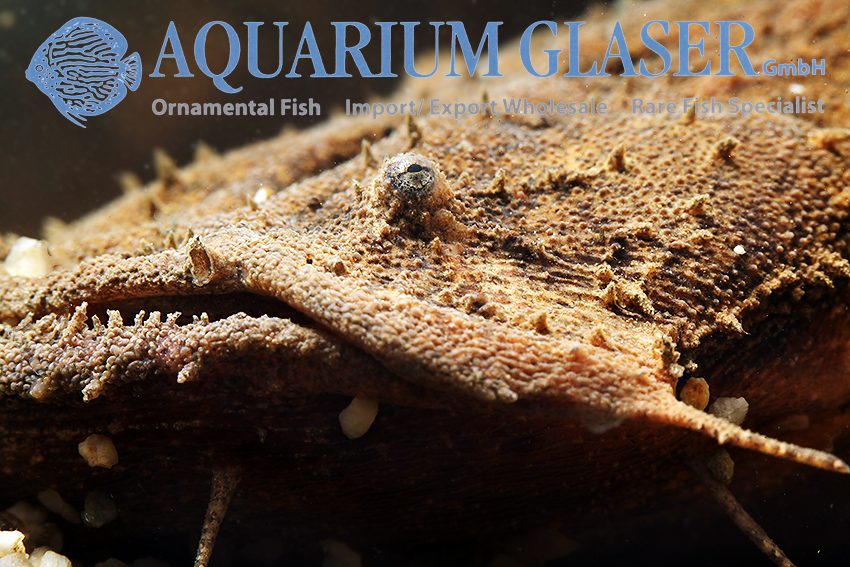
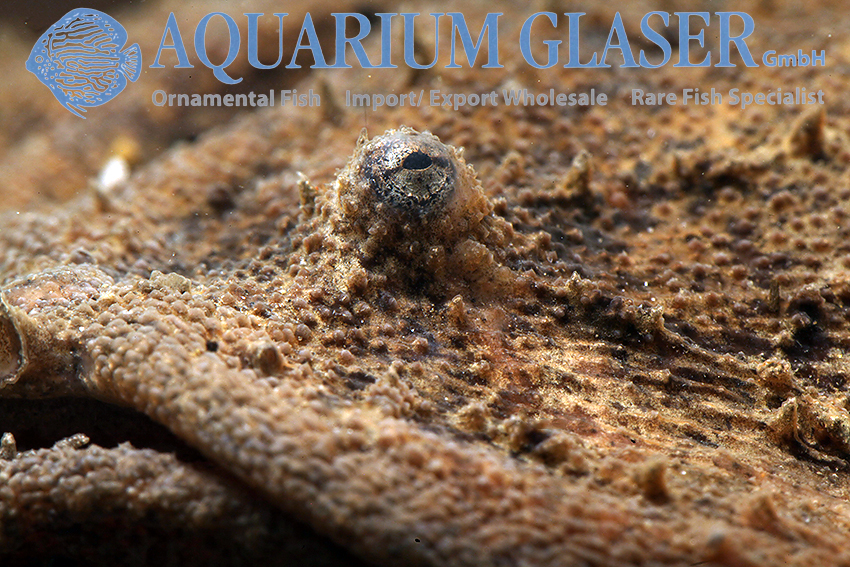
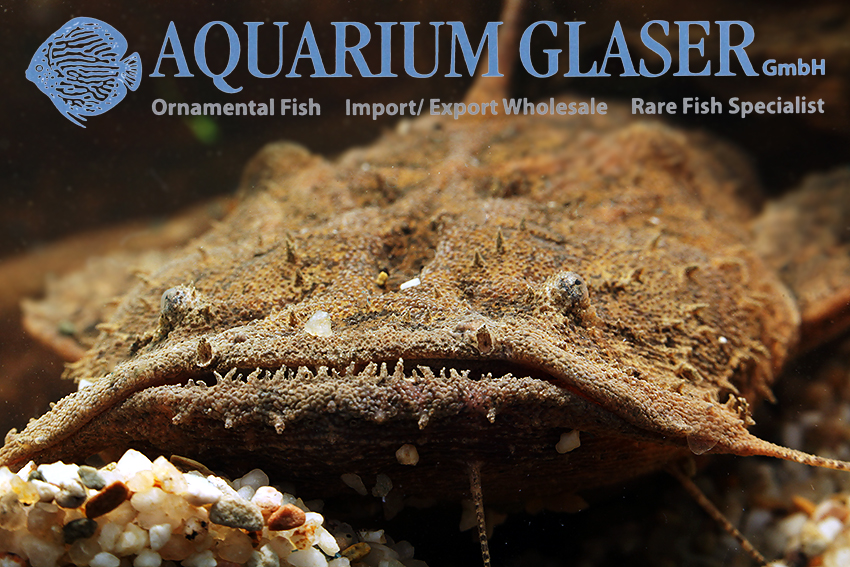
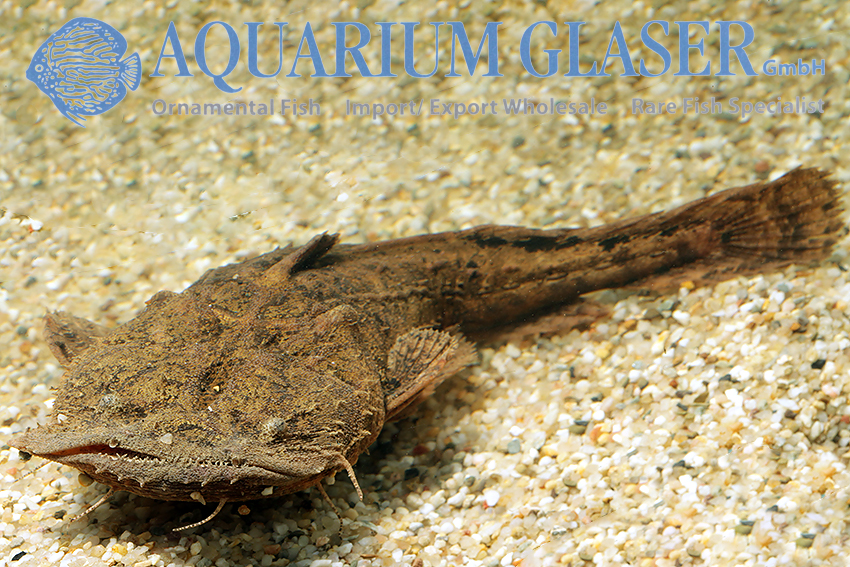
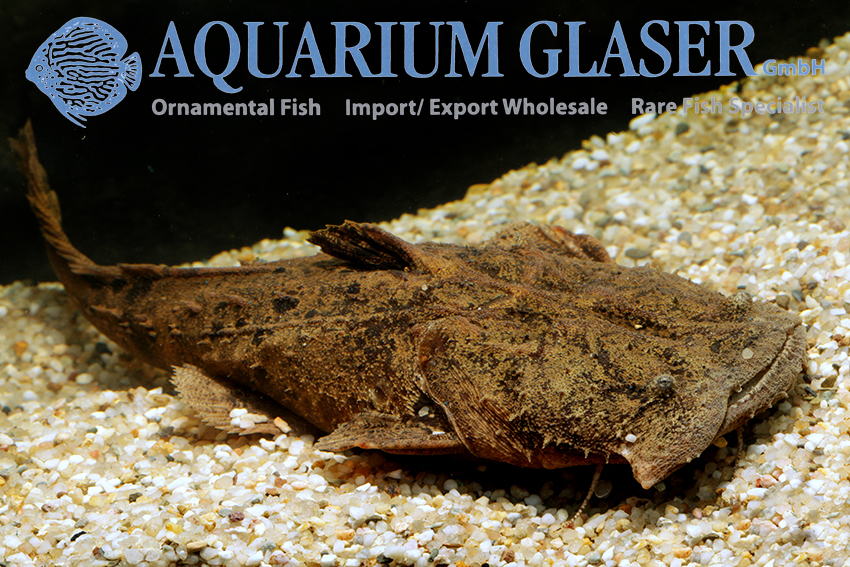
Chaca are sit-and-wait hunters and do not move during daytime unless it is absolutely necessary. The small skin lappets are used as bait for potential prey. The fish lies moveless and imitates a stone covered with algae. When a small fish or a shrimp tries to feed from these algae an enormous mouth opens and thats it. Chaca chaca is able to swallow fish up the half size of their own body length. When Chaca chaca is very well settled in the aquarium it also swims around in the night and searches for food actively.
One should keep Chaca chaca in tanks with sandy bottom and dead leaves. Some peaceful and quiet other fish are recommended as company. Of course they have to be large enough not be swallowed. These companions help to show the keeper that the water chemistry in the tank is fine, for Chaca will usually not show any signs of indisposition until it is too late. Although it does not fit geographically at all: angels (Pterophyllum) are good company for Chaca.
For our customers: the fish have code 408305 (18-22 cm) on our stocklist. Please note that we exclusively supply the wholesale trade. Available in limited numbers only!
Text & photos: Frank Schäfer




